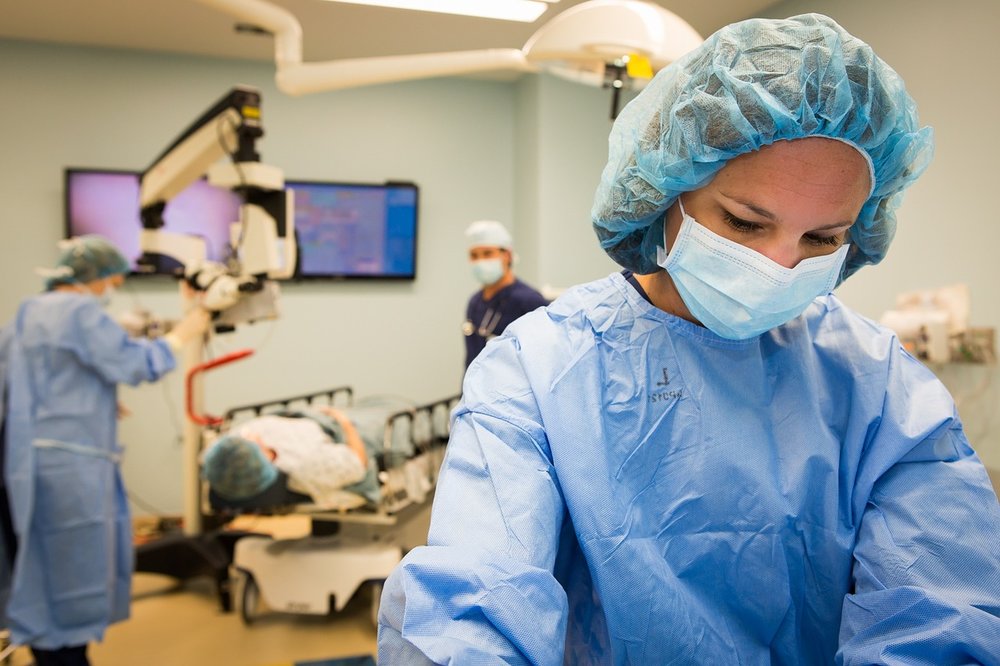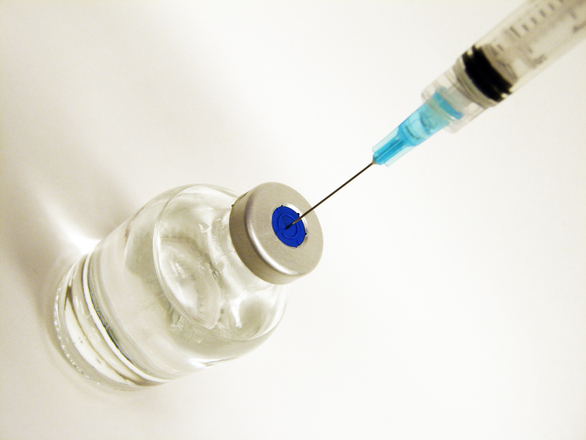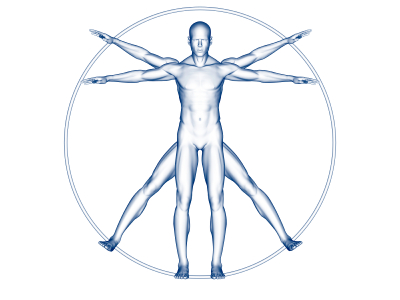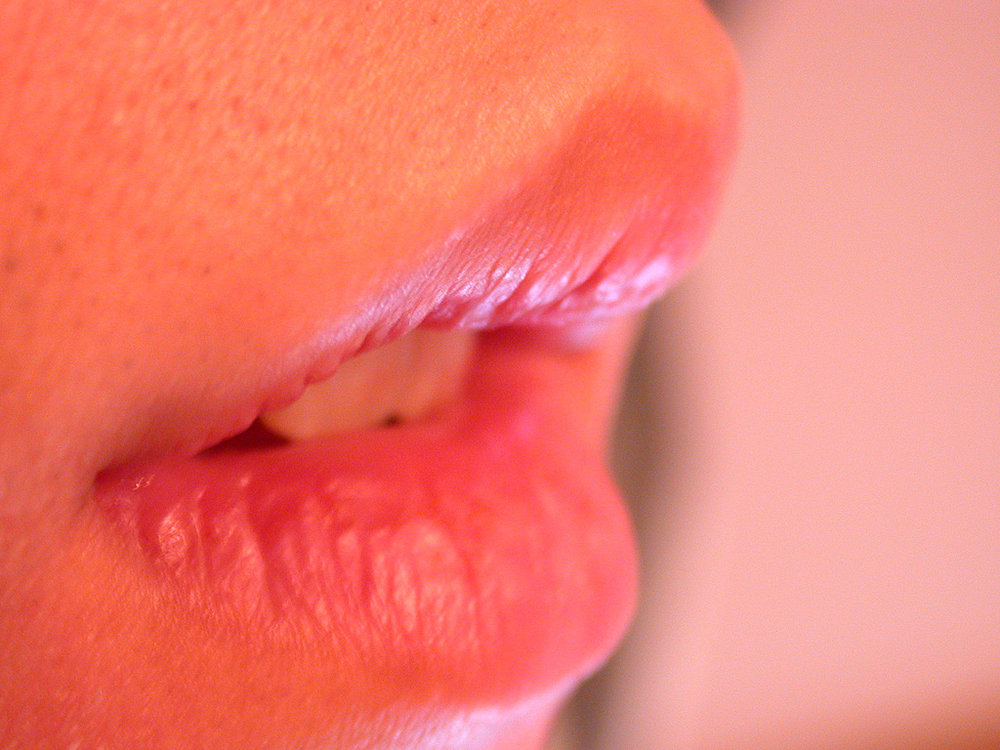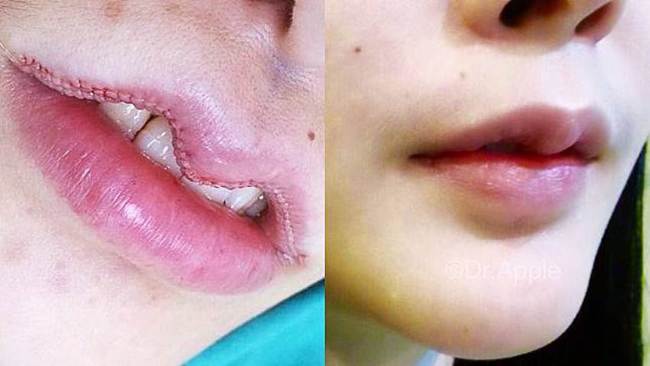Reversing Hyaluronic Acid Filler Injections With Hyaluronidase
/It's possible that at some point in your cosmetic clinical career - for whatever reason - you might need to try and minimize or reverse the results of a HA filler injection.
Patient's have been know to 'freak out' when the big lips that they thought they wanted are actually the ones they see in the mirror. It can be something of a challenging conversation.
Fortunately, there's Hyaluronidase, and some researchers have found that even small amounts were effective in dissolving hyaluronic acid fillers.
In a study by Juhász et al. (2017), the researchers found that small amounts of hyaluronidase were effective in treating complications from hyaluronic acid (HA). The study focused on the degradation of HA, and different periods to see its efficacy. Randomized study participants were injected with a HA injectable; Juvederm Ultra XC, Juvederm Ultra Plus, Juvederm Voluma XC, Restylane Silk, Belotero Balance, Restalyne Lyft (Perlane), and Restylane-L. Then patients were injected with saline or 20 or 40 unites of hyaluronidase and monitored over 14 days.
The results showed that haluronidase was effecive in degrading the filler and that there was no decernable difference between the 20 and 40 unit injections. (So you don't have to use much.)
Here are the findings:
- Day 1 Post-Injection: JUVEDERM ULTRA PLUS, JUVEDERM VOLUMA XC, RESTYLANE SILK, BELOTERO BALANCE, RESTALYNE LYFT (PERLANE)
- Day 2 Post-Injection: JUVEDERM ULTRA PLUS, JUVEDERM VOLUMA XC, RESTYLANE SILK, BELOTERO BALANCE, RESTALYNE LYFT (PERLANE), RESTYLANE-L
- Day 3: JUVEDERM ULTRA PLUS, JUVEDERM VOLUMA XC, RESTYLANE SILK, BELOTERO BALANCE, RESTYLANE-L
- Day 4: JUVEDERM ULTRA PLUS, JUVEDERM VOLUMA XC, RESTYLANE SILK, BELOTERO BALANCE, RESTALYNE LYFT (PERLANE)
- Week 1 Post-Injection: JUVEDERM ULTRA PLUS, JUVEDERM VOLUMA XC, RESTYLANE SILK, BELOTERO BALANCE
- Week 2 Post-Injection: Everything except JUVEDERM ULTRA XC
The researchers also found that dermal fillers like Juvederm Ultra Plus and Restylane-L had a higher concentration, which took longer to dissolve with hyaluronidase, while Belotero Balance was the quickest to degrade.
Previous studies have only given their recommendations on the number units of hyaluronidase, based on experience or training. However the 2017 study presented their recommended dosage in degrading the HA. The authors suggest that a 20 unit injection of hyaluronidase is an effective way to degrade the HA.
One possible complication from using hyaluronidase is an allergic reaction. For patients who incur any allergies from hyaluronidase, there are other treatments for HA complications.
It's highly advisable to conduct allergy testing for patients before administering the dermal filler, which could reduce the incidence of complications. Ablon (2016) reminds medical providers in cosmetic medicine to observe the tissue as the dermal filler is injected.






